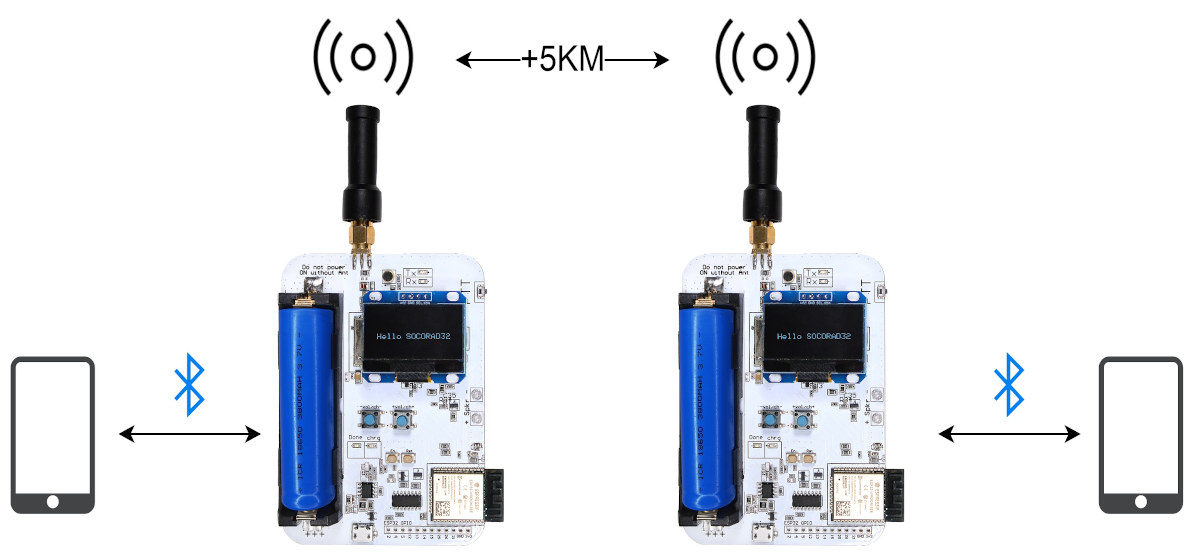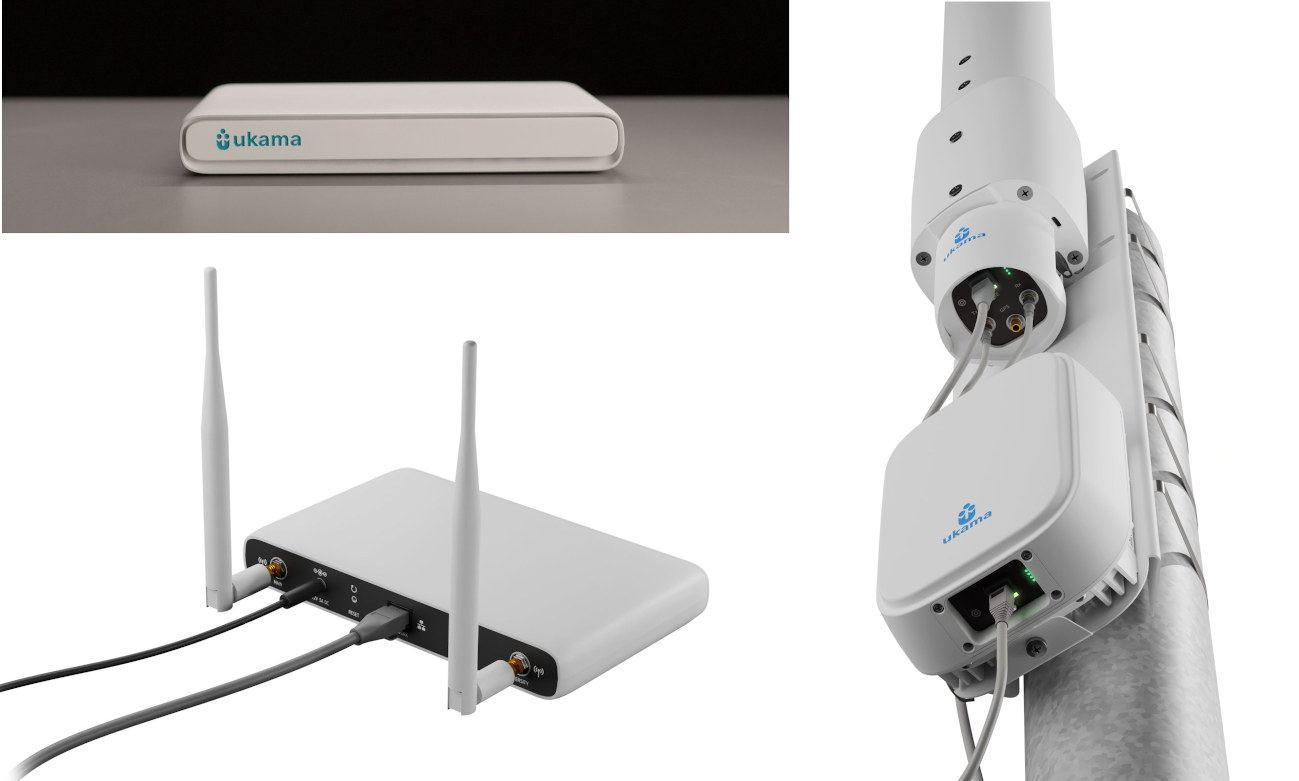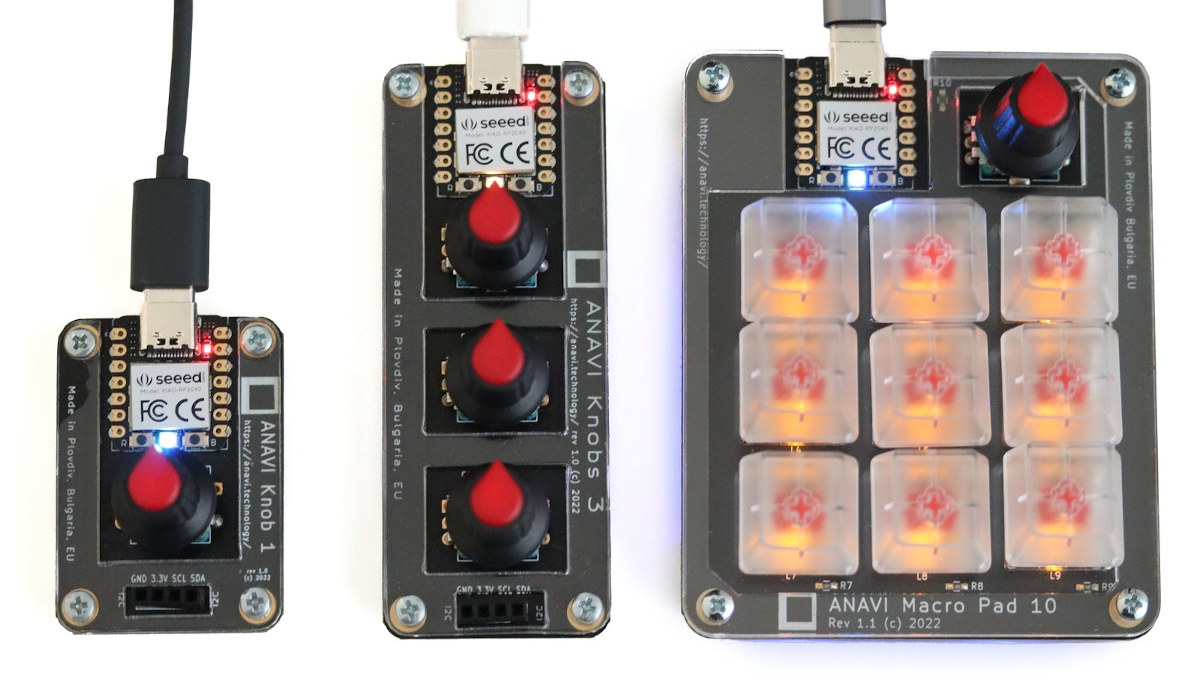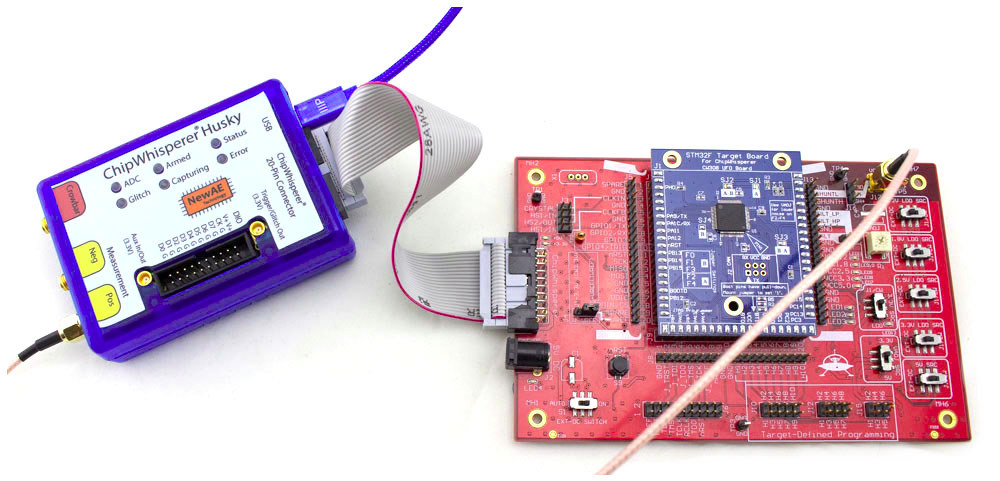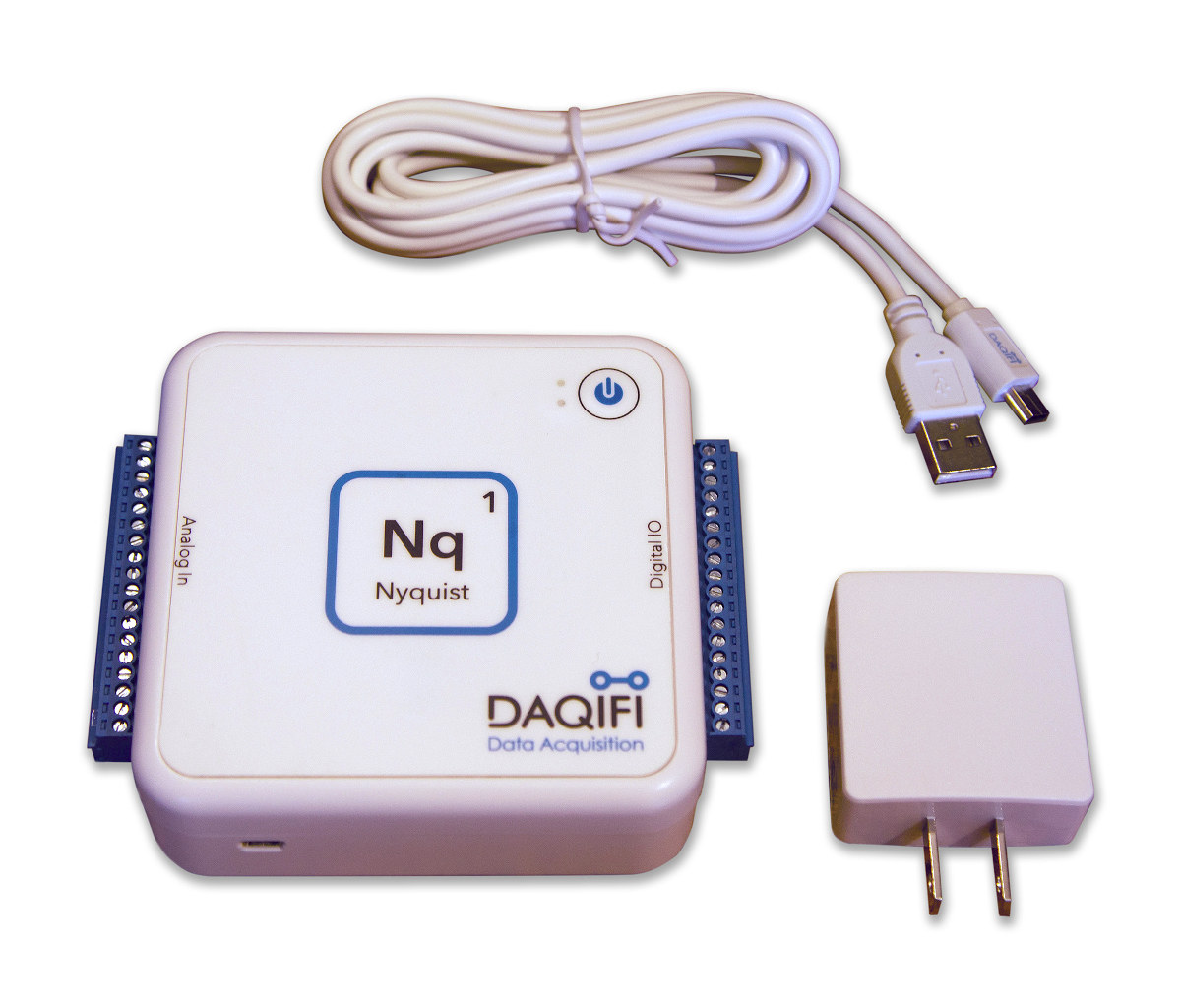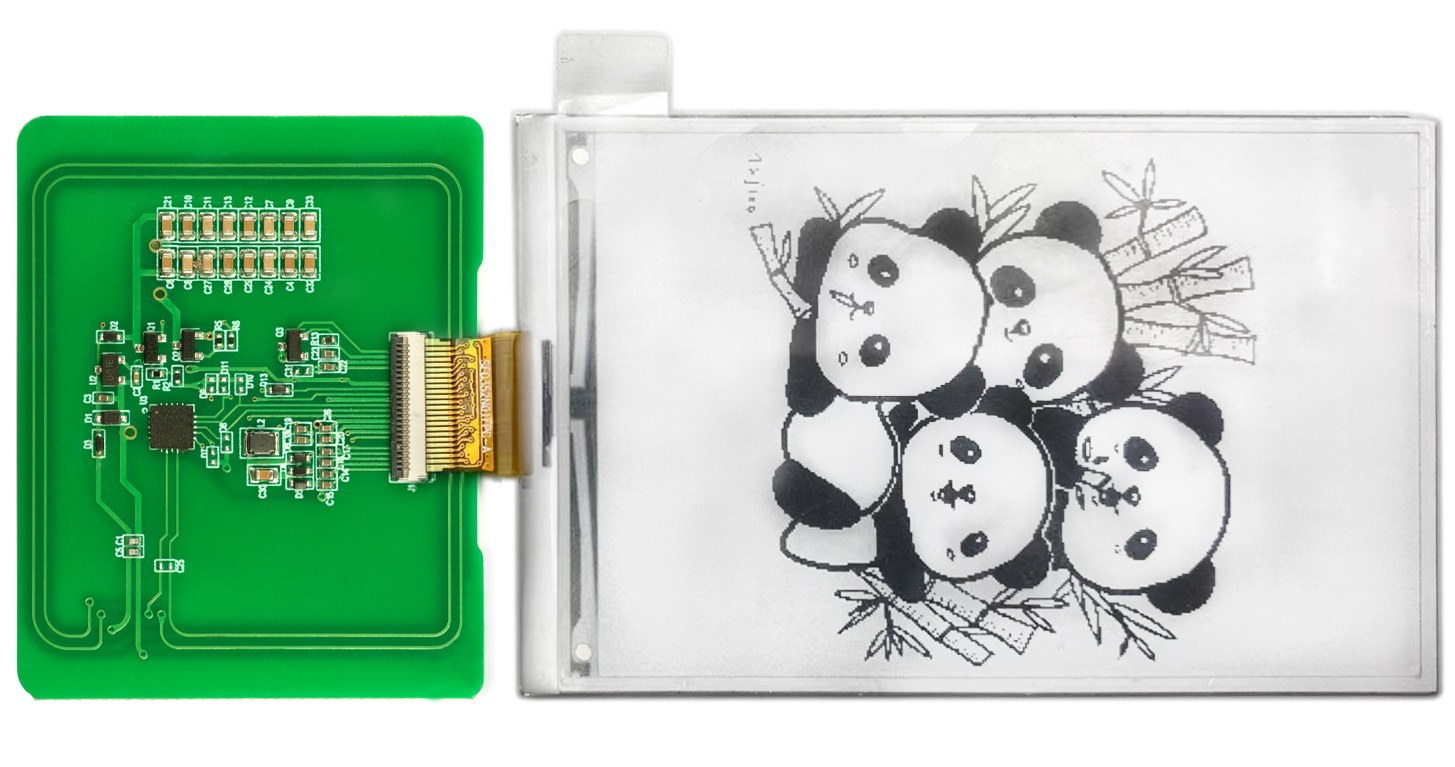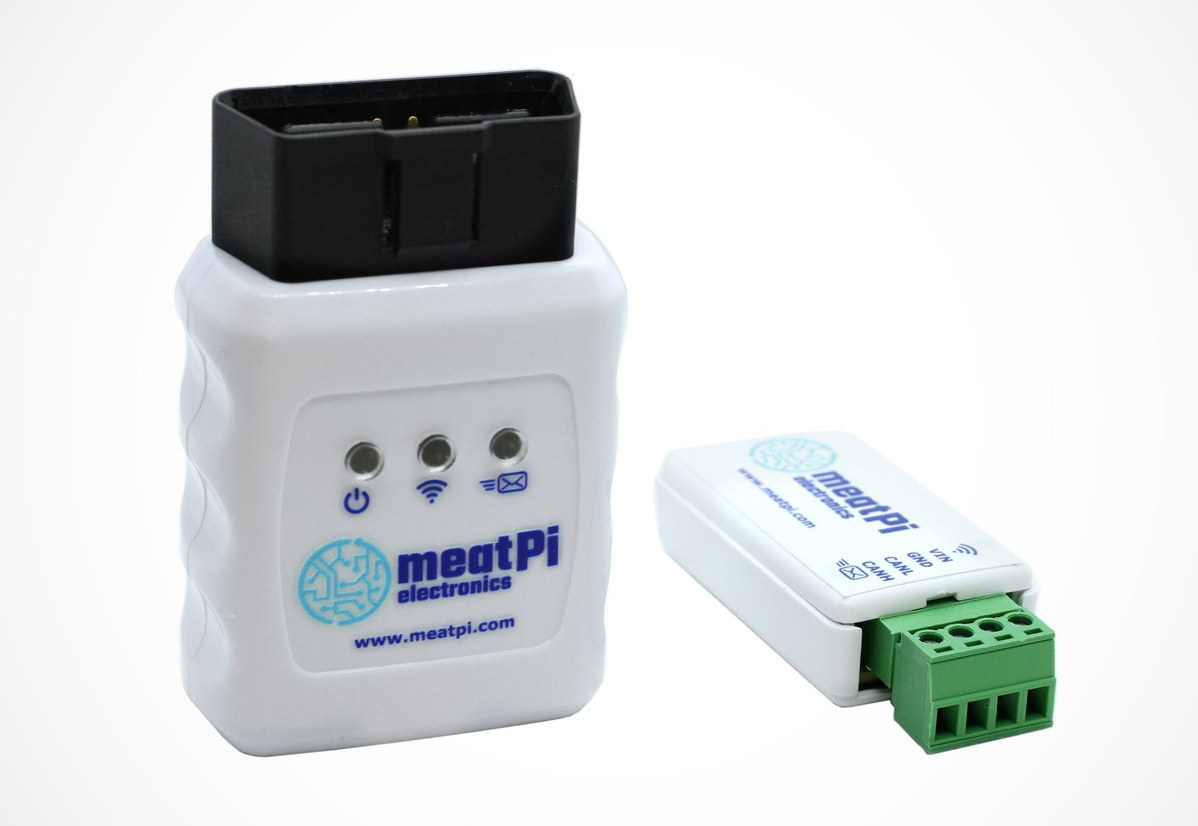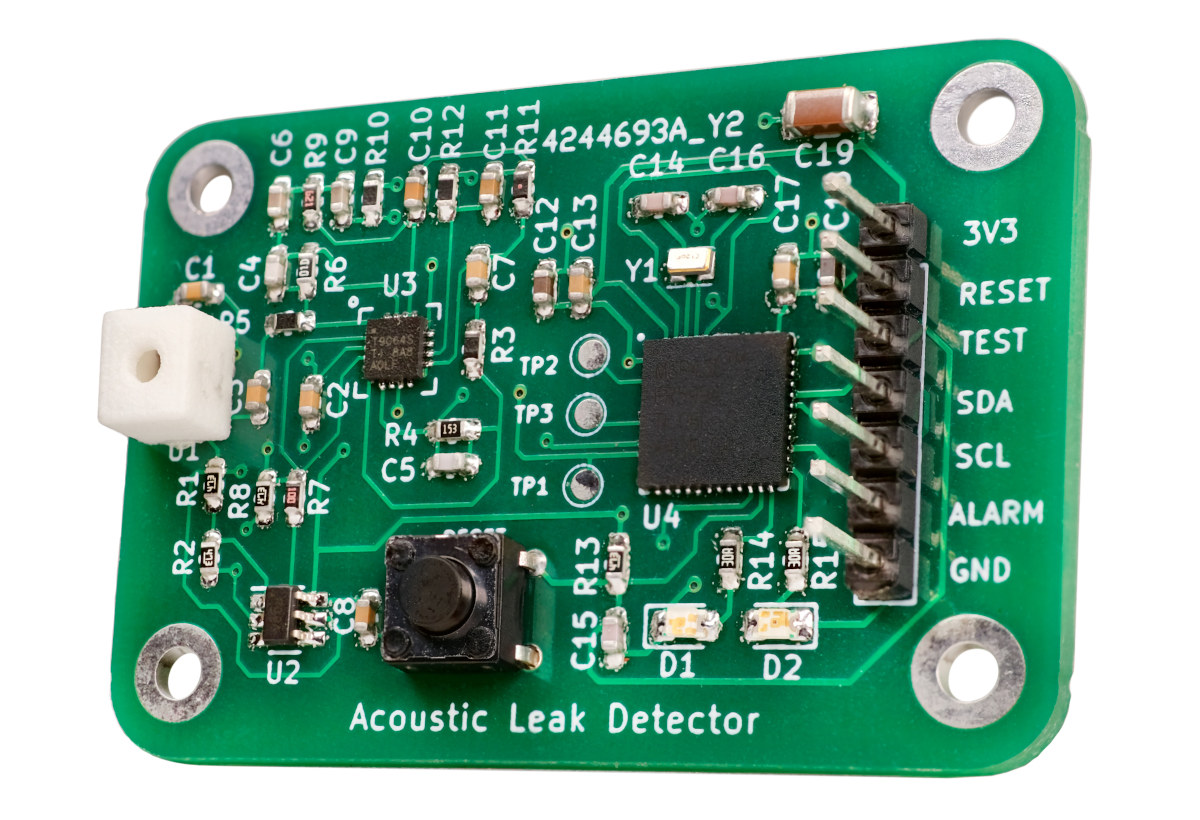SOCORAD32, aka ESP32 Software Controlled Radio, is a hackable, open-source hardware ESP32-based amateur radio board for walkie-talkie and data communication applications. The board comes with an ESP32 module with WiFi 4 and Bluetooth connectivity, an RDA Microelectronics RDA1846 RF IC used in many commercial walkie-talkies and offering a range up of to 5 km, a small display, a speaker, and a 18650 battery holder. SOCORAD32 specifications: Microcontroller module – ESP32-WROOVER-32E with ESP32 dual-core microcontroller, 4MB flash, 2.4 GHz WiFi and Bluetooth connectivity, built-in PCB antenna Walkie-talkie chip – RDA1846 single-chip transceiver for Walkie-Talkie applications (See datasheet and programming guide for details) Frequency Range: ISM 400 – 470 MHz Frequency Step: 5 K / 6.25 K / 12.5 K / 25 K RF Output Power: 2 W / 0.5 W (+5 KM @ 2 W) set to what the local law permits RF Input Sensitivity: -122 dBm Voice Scrambling: 8 type […]
Create your own private cellular data network with Ukama (Crowdfunding)
Ukama is an open-source hardware solution enabling users to create their own private 4G LTE cellular data networking with a range of up to 1km, and compatible with the “Citizens Broadband Radio Service” (CBRS) radio band for private networks. The company provides both indoor and outdoor hardware based on a “TRX Module” powered by a Marvell Fusion CNF7130 4G LTE baseband processor, as well as the firmware and software to manage the network. All you need is a power source, for example, the mains or a solar panel, and an optional broadband connection if you do need to connect to the Internet. Ukama hardware Two nodes are offered with the Ukama Home Node (indoor) and the Tower Node (outdoor) which can optionally be coupled with an amplifier unit for an expanded range. Home Node key features: LTE bands: CBRS only Concurrently active devices – Up to 8x RF Configuration – […]
ANAVI Macro Pad 10 & Knobs input devices run KMK firmware on Raspberry Pi RP2040 (Crowdfunding)
ANAVI Macro Pad 10, Knobs 3, and Knob 1 are open-source hardware input devices based on the Raspberry Pi RP2040-powered Xiao RP2040 mini module, and equipped with mechanical keys and/or rotary encoders Leon Anavi has some experience under his belt with the earlier Macro Pad 2 and Macro Pad 8 open-source keypads with mechanical keys running QMK open-source firmware on a Microchip 8-bit microcontroller. The new models switch the MCU to the Raspberry Pi RP2040 and to KMK open-source firmware written in CircuitPython. ANAVI Macro Pad 10 specifications: MCU module – Seeed Studio XIAO RP2040 with Raspberry Pi RP2040 dual-core Cortex-M0+ microcontroller @ up to 133 Mhz with 264KB SRAM, 2MB SPI flash, USB Type-C port Inputs – Rotary encoder with clickable switch and nine hot-swappable Cherry MX-style switches Keys – 9x Gateron red, linear, non-clicky mechanical switches and transparent keycaps with yellow LED backlighting Host interface – USB Type-C […]
ChipWhisperer-Husky is a palm-sized power analysis and fault injection tool (Crowdfunding)
NewAE Technology’s ChipWhisperer-Husky is a compact tool designed for side-channel power analysis and fault injection with features such as a high-speed logic analyzer used to visualize glitches, real-time data streaming for attacking asymmetric algorithms, and support for JTAG/SWD programming. The security research company explains its device delivers a more stable and reliable experience compared to other off-the-shelf test gear such as oscilloscopes and function generators thanks to features such as synchronous sampling, which means the sample clock of your target device and the sample clock of ChipWhisperer-Husky can be perfectly aligned, or the ability to generate glitches, including clock glitches that can be less than a nanosecond wide. ChipWhisperer-Husky key features and hardware specifications: Synchronous clock for capture board and target board for significantly improved performance over a typical asynchronous oscilloscope setup 12-bit 200MS/s ADC for capturing power traces – It can be clocked at both the same clock […]
DAQiFi Nyquist 1 – A battery-powered Wi-Fi IoT data acquisition system (Crowdfunding)
DAQiFi Nyquist 1 is a battery-powered IoT data acquisition (DAQ) device that works over an 802.11n Wi-Fi connection or a USB interface, and can also log the data to a microSD card Equipped with 16 digital I/Os and 16 analog inputs, the Nyquist 1 can be used with all sorts of sensors to measure force and strain, pressure, temperature, current & voltage, luminosity, weight, pH angular velocity, and more. It’s also possible to connect multiple Nyquist 1 devices to a single PC instead of following the traditional method of having one dedicated PC plugged into each data acquisition solution. DAQiFi Nyquist 1 hardware specifications: MCU – Unspecified Microchip microcontroller Storage – MicroSD card slot for data logging Wireless – 802.11n Wi-Fi via Microchip ATWINC1500 wireless module USB – 1x USB 2.0 port 16x analog inputs 0-5V, 12 bit 10 kHz aggregate streaming 160 kHz+ aggregate logging Up to 4 differential […]
HiPo batteryless NFC-powered 3.52-inch e-Paper display also comes with an SPI interface (Crowdfunding)
HiPo is a 3.52-inch black and white e-Paper Display that can be updated through NFC without the need for external power and offers an alternative to the 4.2-inch and 7.5-inch NFC-powered e-Paper displays from Wareshare that also operate without battery only using the data and power from NFC to update the image. Alternatively, Guangdong SID Technology’s HiPo display can also be connected to an SPI adapter board allowing the users to connect it to an STM32 board provided by the company, but it could also be used with Arduino boards, ESP8266 & ESP32 hardware platforms, Raspberry Pi SBCs and MCU boards, or any platform with an SPI interface. HiPo specifications: Controller – Ultrachip UC8251 all-in-one driver IC with timing controller for E-tag applications Display 3.52-inch B&W e-Paper display with 360 x 240 resolution (model name: SE0352N01-MNG-A0) 3 seconds refresh time On-chip display RAM White reflectance above 30% Contrast ratio above […]
WiCAN ESP32-C3 CAN Bus platform is available in USB-CAN and OBD-II form factors (Crowdfunding)
WiCAN is an ESP32-C3 CAN bus adapter that works over USB, Wi-Fi, and Bluetooth LE, and designed for car hacking and general CAN bus development. The device is available in USB-CAN and OBD-II form factors and comes with firmware that works with RealDash to create nice-looking dashboards with the data. RealDash can be installed on Android, iOS, and Windows 10 operating systems. WiCAN specifications: Wireless module – ESP32-C3-MINI-1 with ESP32-C3 RISC-V microcontroller with 2.4GHz WiFI 4 and Bluetooth 5.0 connectivity, 4 MB flash, PCB antenna CAN 2.0 A/B interface up to 1 Mbps Host interface WiCAN-OBD – OBD-II connector WiCAN-USB – Mini USB port for USB-to-UART up to 6 Mbps Power Supply WiCAN-ODB – 7.5V to 16V (Vbat) WiCAN-USB – 7.5V to 36V via screw-terminal connector Power Consumption – <= 1 mA in battery-saving mode The CAN Bus adapter also supports firmware updates over WiFi, and can be used either […]
AquaPing is an open-source, battery powered acoustic water leak detector module (Crowdfunding)
The AquaPing is an open-source hardware, ultra-low power acoustic water leak detector sensor based on Texas Instruments MSP430 microcontroller and a microphone that can detect leaks without having to do any plumbing, instead capturing audio for water leak detection, and it even works for leaks behind walls. All signal processing and analysis occur on the MSP430 MCU, so no audio is streamed to the cloud and eavesdropping is impossible, plus the sensor only captures high frequencies out of the range of normal conversations, so eavesdropping is not feasible, plus those higher frequencies are also said to provide highest sensitivity and reliability. AquaPing specifications: MCU – Texas Instruments MSP430FR5994 microcontroller to perform FFT spectral analysis (10x faster/efficient than ARM-Cortex M0+) Audio capture – MEMS microphone covered by a small rectangular plastic structure to form a Helmholtz resonator. Minimum detectable leak rate – 0.01 gpm (gallon per minute) depending on stand-off distance […]


